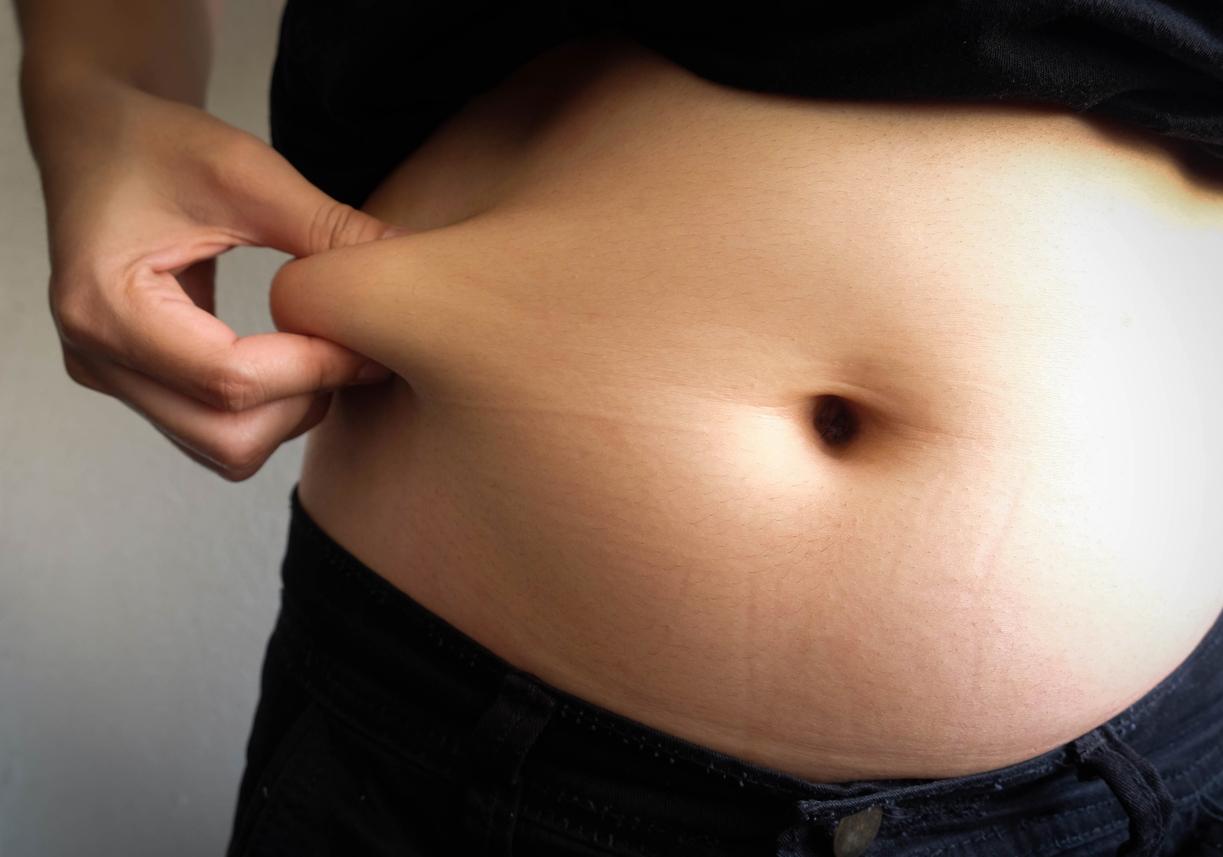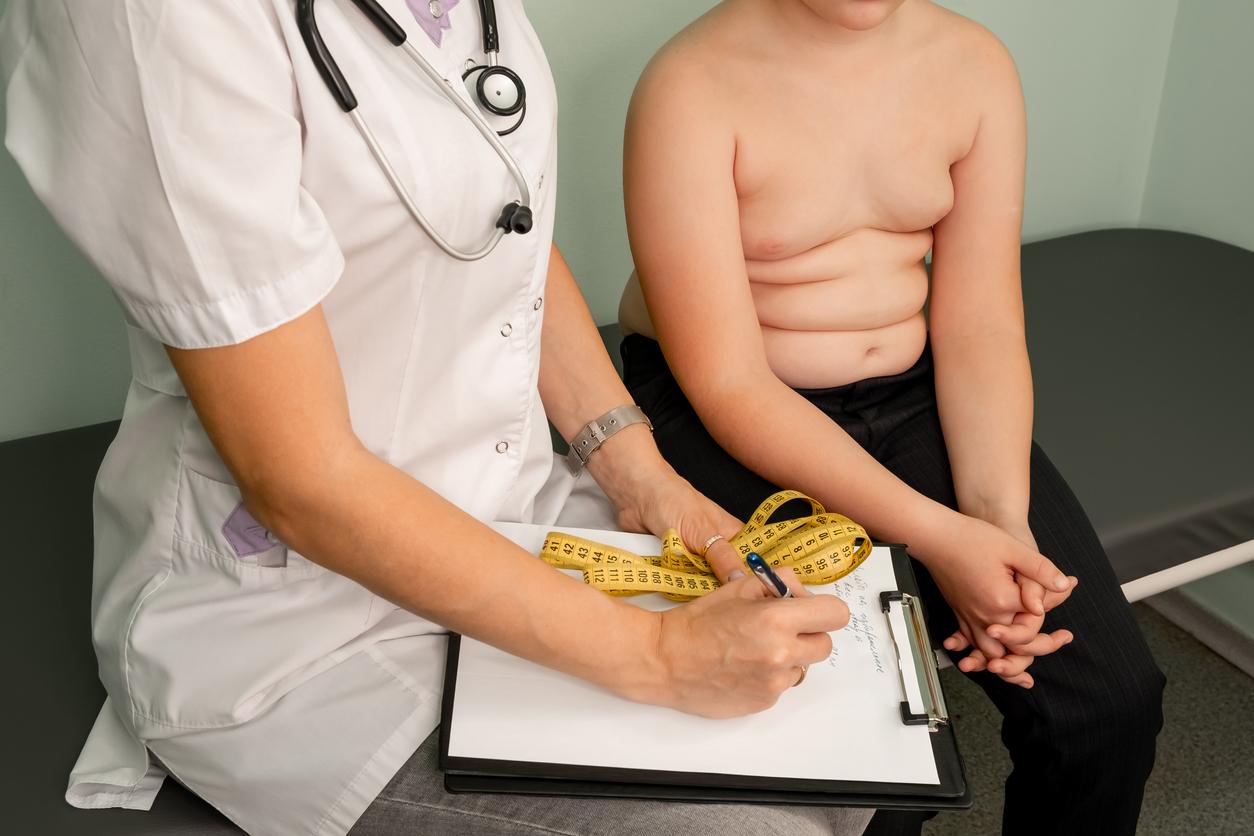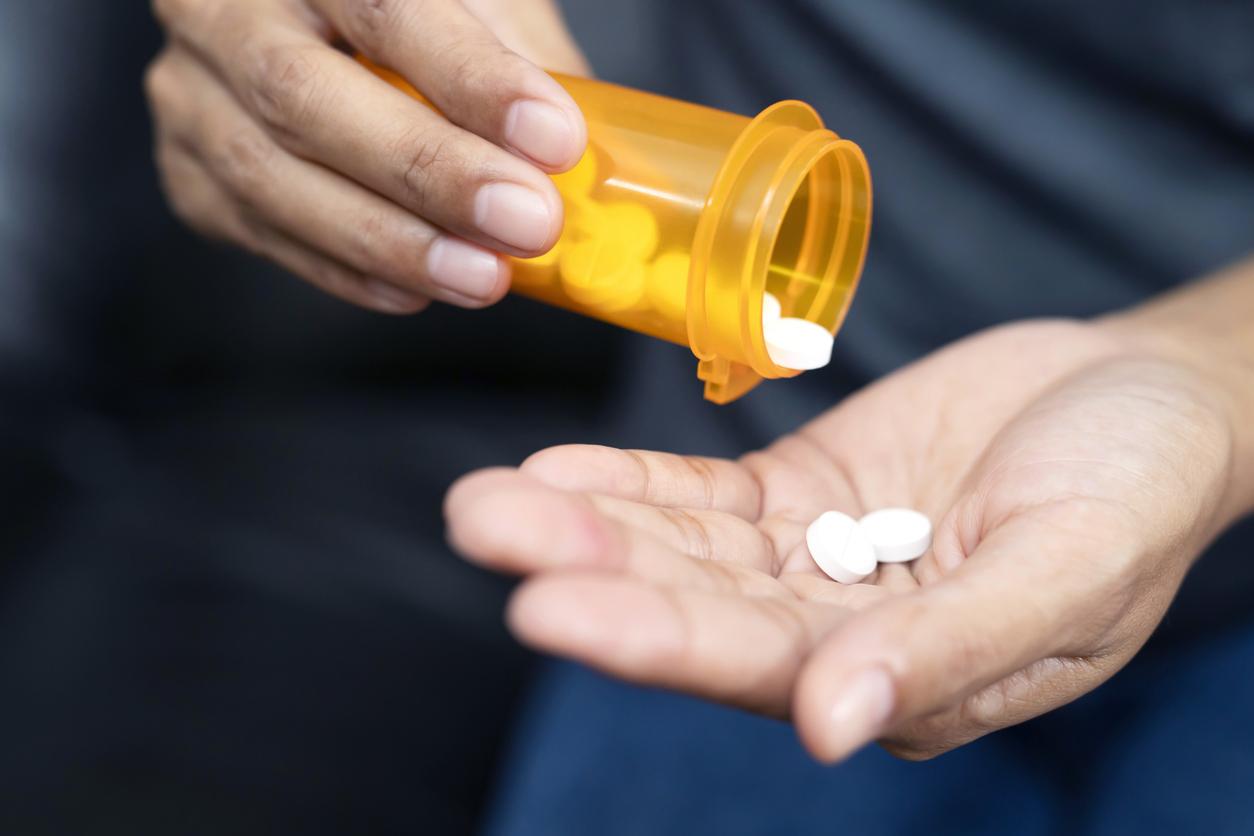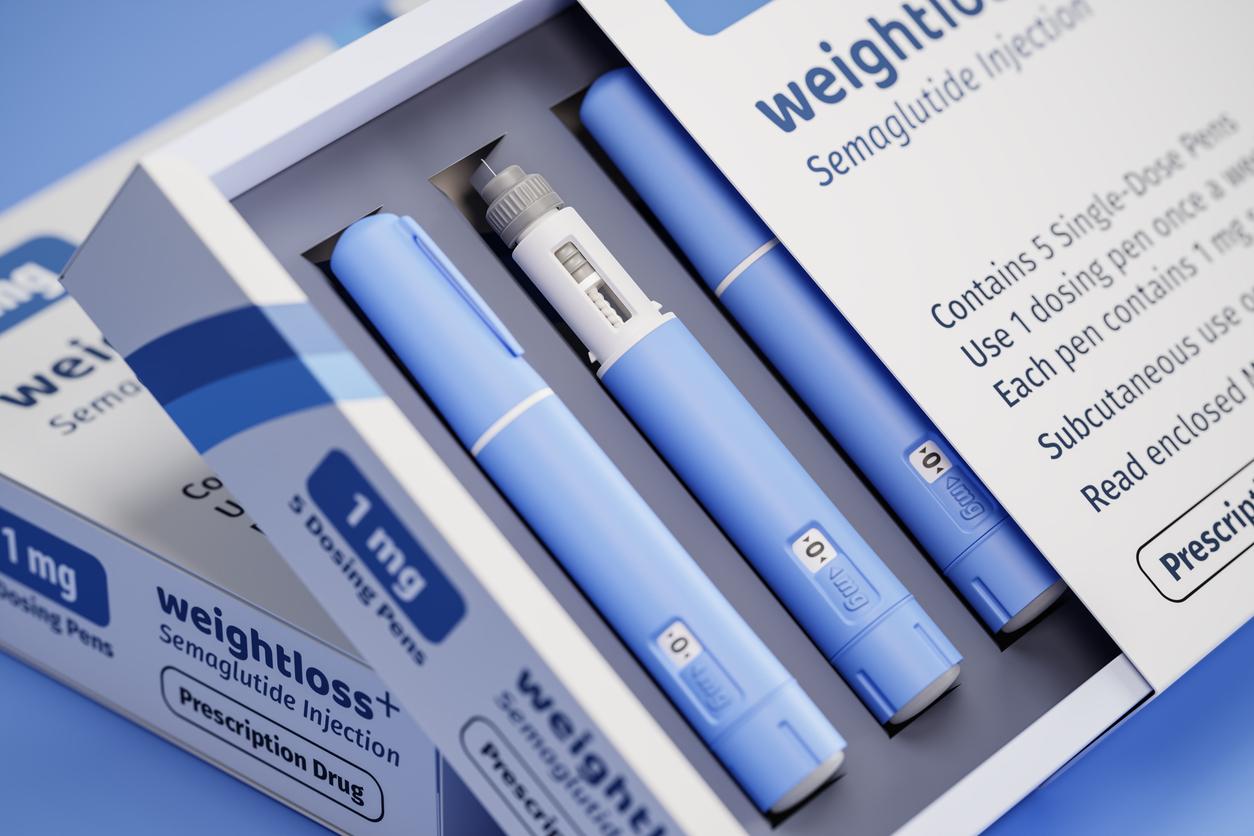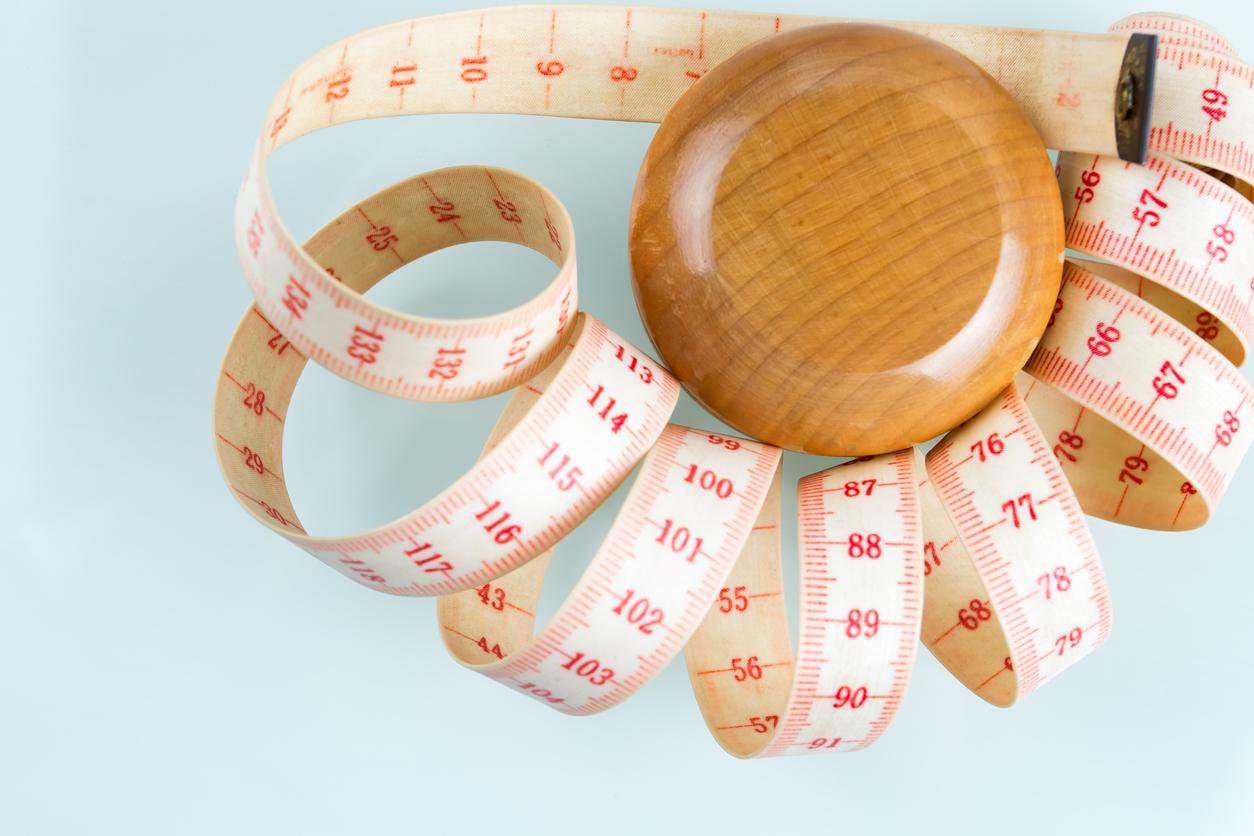To stem the epidemic of obesity and diabetes, the World Health Organization is calling on governments to increase the prices of soda by at least 20%.

Taxing sodas would be the best weapon to fight obesity, type 2 diabetes and dental caries, says a recent report from the World Health Organization (WHO). The UN agency estimates that tax policies leading to a 20% increase in the price of sugary drinks would make it possible to proportionally reduce the consumption of these beverages.

Intake of unnecessary calories
“The consumption of added sugars, including products like sodas, plays a major role in the overall increase in the number of people suffering from obesity and diabetes, director of the department of prevention of noncommunicable diseases at the WHO. If governments imposed a tax on these products, they could reduce suffering and save lives. “
In 2014, more than one in 3 adults worldwide was overweight. Since the 1980s, the prevalence of obesity has more than doubled: half a billion people on the planet are obese, and 42 million children under 5 are overweight, or obese. Diabetes is also on the rise: 108 million people were concerned in 1980 against 422 million in 2014.
In their new report, WHO experts point out that drinks and foods high in added sugars or fat are a major source of unnecessary calories, particularly in children, adolescents and young adults. However, it is precisely young consumers or people with the lowest incomes who would be the most sensitive to a tax on sugary drinks. They would therefore be the first beneficiaries.

Reduce the price of fruits and vegetables
France has applied since 2012 a “soda tax” of 2.51 centimes per 33 centilitre can. A parliamentary report presented last June recommended going further and doubling it. Chocolate bars were also in the sights of MPs. In the United States, some states such as Philadelphia have also chosen to tax these drinks. The Philippines, South Africa and the UK have also said they intend to.
But the fight against obesity should not only be based on price increases. The poorest, who are most affected by this disease, must also have the means to access a healthy and balanced diet. The WHO therefore suggests at the same time reducing the prices of fruits and vegetables by 10 to 30%.
.







